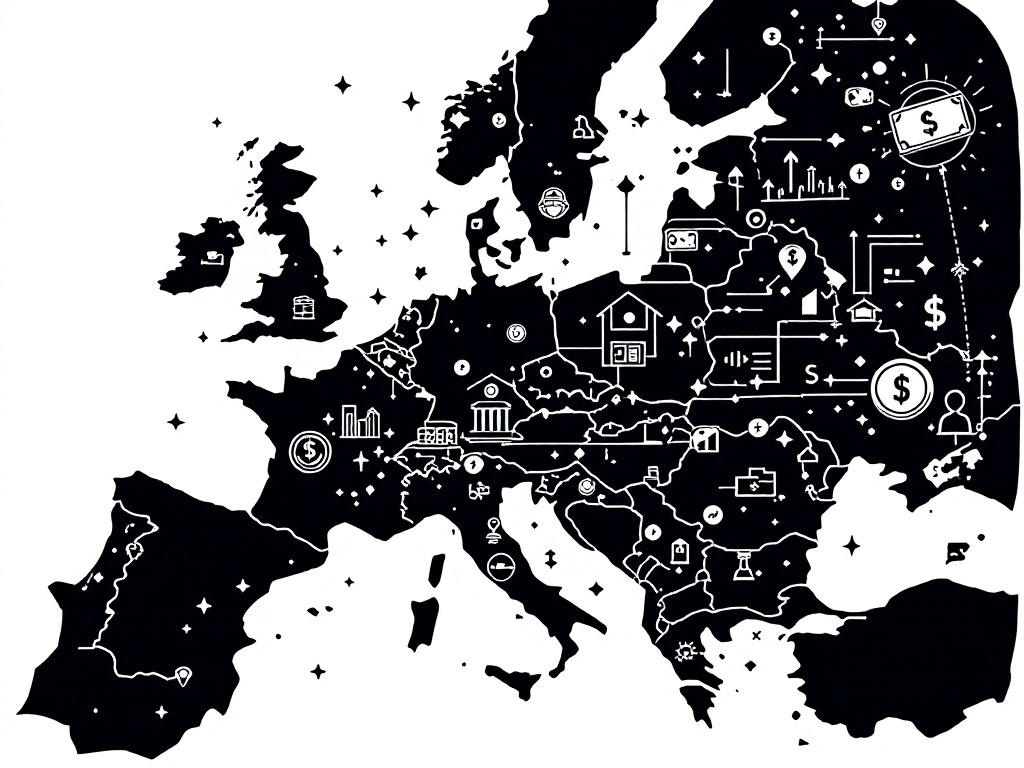European Banks Embrace Microservices for Digital Transformation by 2032

London, Thursday, 17 July 2025.
Europe’s core banking software market anticipates a 9.6% CAGR from 2025-2032, driven by the shift to microservices for regulatory compliance, influenced by PSD2.
Future Growth Prospects in the Core Banking Software Market
The European core banking software market is poised for substantial growth, with projections indicating a compound annual growth rate (CAGR) of 9.6% from 2025 to 2032 [1]. This expansion is primarily propelled by the increasing adoption of microservices architecture among European banks. Regulatory mandates, particularly the Revised Payment Services Directive (PSD2), are significant contributors to this shift, as they necessitate enhanced customer service agility and robust compliance capabilities [1][2].
Impact of Microservices on Banking
The transition to microservices architecture represents a paradigm shift for European banks, promising enhanced flexibility, scalability, and operational efficiency. By breaking down traditional monolithic applications into smaller, independent services, banks can deploy new features more swiftly and respond adaptively to market changes. This architectural transformation is anticipated to streamline compliance with prevailing regulations and improve the overall customer experience [3][4].
Technological Advancements and Economic Implications
Technological advancements, such as artificial intelligence, machine learning, and advanced analytics, are becoming fundamental to core banking systems. These innovations not only enable banks to handle vast amounts of transaction data with greater precision but also enhance their ability to offer personalized customer experiences [5]. Economically, the move towards microservices is expected to drive banks to invest approximately €10 billion annually by 2032 in these technologies, underscoring the sector’s commitment to digital transformation [6].
Regulatory Compliance and Open Banking
The adoption of microservices is also aligned with the European Union’s PSD2 directive, which has accelerated the adoption of open banking, particularly in regions such as Germany, France, and the Nordics. This directive mandates banks to share customer data with third-party providers, necessitating robust and adaptive IT systems capable of secure and compliant data handling. Moreover, the push for localized data hosting and sovereign cloud solutions, driven by geopolitical shifts and stringent data protection laws like the GDPR, further amplifies the need for microservices architectures [1][7].
Sources
- www.globenewswire.com
- financialpost.com
- ml-eu.globenewswire.com
- globalfintechseries.com
- www.ecb.europa.eu
- www.eba.europa.eu
- www.bankingsupervision.europa.eu